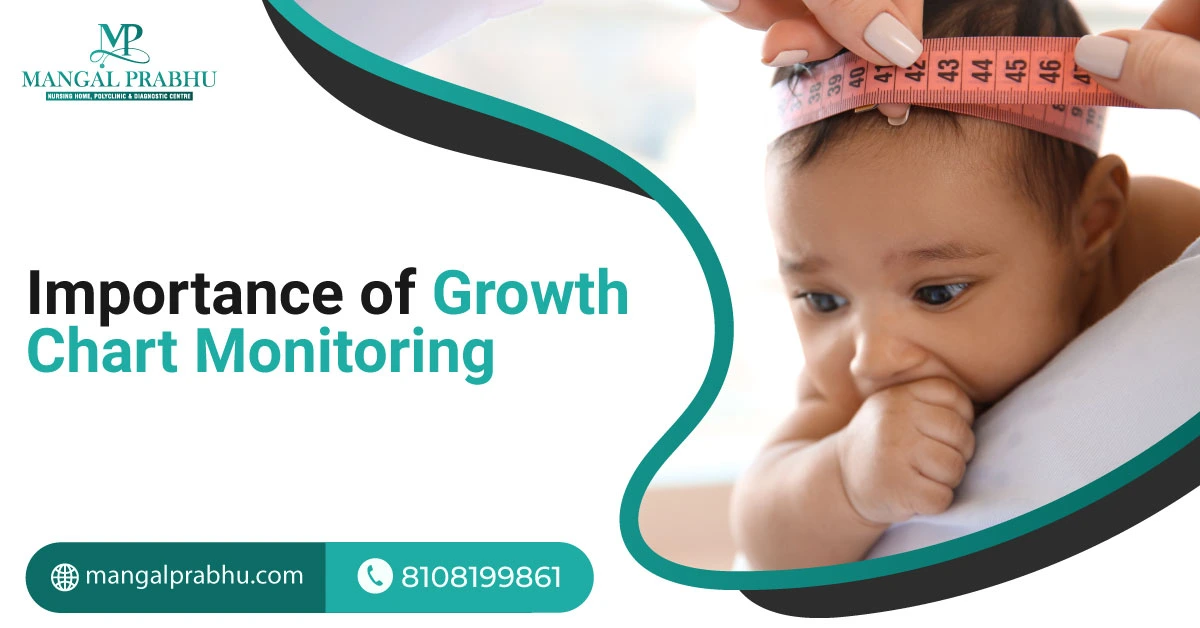
Importance of Growth Chart Monitoring
Holding your little one in your arms for the first time is one of the most rewarding experiences for parents. Parents will see their babies achieve new milestones every month. From flashing the first smile to crawling to taking their first step, each growth phase brings something new. You may also need to visit the children’s hospital in Navi Mumbai regularly to ensure your baby’s growth is on track and they aren’t experiencing any health-related issues.
The question is, how do you know if your infant or toddler is growing at the right pace? A growth chart is the best way to know what milestones your little ones are supposed to achieve by what age. Let’s see what it is, how it works, and the importance of growth chart monitoring.
Understanding Growth Charts
A growth chart consists of some vital parameters, like weight, height, and head circumference. It measures your baby’s growth, compares it with that of other babies, and suggests whether your baby’s growth is on track. Any unusual change in your baby’s growth can be identified and addressed promptly.
Benefits of Growth Chart Monitoring
Here’s why every parent should consider growth chart monitoring.
i) A Must for Newborns:
Babies tend to grow fast in the first few months after birth. Their feeding habits, sleep cycles, behavior, and physical growth change significantly. A growth chart is an effective monitoring tool that ensures your newborn is growing like a normal baby.
Also Read: How to Stop Diarrhea in Infants?
ii) Early Detection:
Growth chart monitoring is a proactive approach that helps parents detect any abnormalities in their babies early on. Before the issue escalates, it’s quickly detected and can be treated promptly.
iii) Proper Nutrition:
It’s hard for parents to know whether their little ones are getting the proper nutrition. If you want to ensure your baby is feeding well and is developing properly, use a growth chart. If you see any deviation, it could be a sign you may need to use supplementation.
How to Use Growth Charts
It may seem daunting at first, but a growth chart is easy to use. Let’s see what parameters you need to measure first:
- Weight
- Height
- Head circumference
Percentile is the next important factor. Ideally, babies should grow at a consistent rate to ensure they are developing normally. If you notice any sudden or severe deviation, see a pediatrician to rule out any potential growth issue. So, how exactly do you understand the percentile? Let’s say your baby’s growth chart shows they are in the 70% percentile for weight. This means they weigh 70% more than kids their age.
It’s important to consult a child specialist in Navi Mumbai regularly for at least the first few months. They will plot your baby’s growth and tell you if their growth is on track.
Conclusion
While a growth chart is an excellent baby’s growth monitoring tool, the numbers in it alone can’t predict or prove anything. Besides, the percentiles tend to fluctuate. If your child seems playful, happy, is feeding well, and seems to be achieving their regular milestones, these are the good signs. Still, if you have any concerns, meet your pediatrician.
